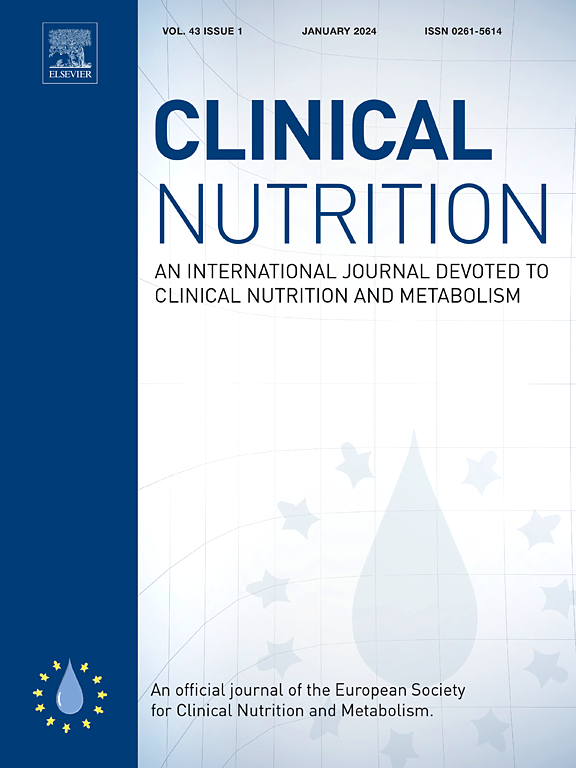The effect of infant cow's milk protein consumption on subsequent IgE-mediated cow's milk allergic outcomes in a high-risk pediatric population
IF 6.6
2区 医学
Q1 NUTRITION & DIETETICS
引用次数: 0
Abstract
Background
Cow's milk allergy typically develops earlier than other food allergies. The timing of cow's milk introduction during infancy may impact the development of IgE-mediated food sensitivity and allergy.
Objective
To explore the association between cow's milk consumption and the development of IgE-mediated and cow's milk sensitization and allergy in a high-risk pediatric population.
Methods
This secondary analysis used data from the Consortium for Food Allergy Research (CoFAR2) cohort, a multi-center, cross sectional study, examining peanut allergy progression in high-risk infants with pre-existing egg and/or milk allergies and/or atopic dermatitis aged 3–15 months. Skin prick tests and a physician assessment were conducted at the first visit. Univariate and multivariate regression models assessed the impact of cow's milk introduction in the hospital and at home on subsequent milk sensitization and allergy.
Results
Infants that did not consume milk formula had higher odds of developing milk sensitization (OR 2.17, CI 1.29–3.70, p < 0.05) and lower odds of developing milk allergy (OR 0.59, CI 0.38–0.92, p = 0.02) compared to those who started formula before four months. Starting formula after four months showed a slight, non-significant increase in milk sensitization (OR 1.07 CI 0.51–2.32, p > 0.05) and allergy (OR 1.78, CI 0.89–3.66, p > 0.05). Infants not introduced to cow's milk products by the first visit were significantly more likely to develop sensitization and allergy, compared to those introduced before four months of age (OR sensitization 5.92 CI 2.91–12.32, p < 0.001, OR allergy 1.95, CI 1.02–3.93, p < 0.05). Introducing cow's milk after four months also significantly increased sensitization odds compared to early introduction (OR 1.61 CI 0.74–352, p < 0.05).
Conclusion
Early introduction of cow's milk protein in at-risk infants may lower the risk of IgE-mediated milk sensitization and allergy. The timing of introduction is crucial in shaping sensitivity and allergy outcomes, highlighting the need for further research regarding infant dietary practices to reduce milk allergy development.
求助全文
约1分钟内获得全文
求助全文
来源期刊

Clinical nutrition
医学-营养学
CiteScore
14.10
自引率
6.30%
发文量
356
审稿时长
28 days
期刊介绍:
Clinical Nutrition, the official journal of ESPEN, The European Society for Clinical Nutrition and Metabolism, is an international journal providing essential scientific information on nutritional and metabolic care and the relationship between nutrition and disease both in the setting of basic science and clinical practice. Published bi-monthly, each issue combines original articles and reviews providing an invaluable reference for any specialist concerned with these fields.
 求助内容:
求助内容: 应助结果提醒方式:
应助结果提醒方式:


